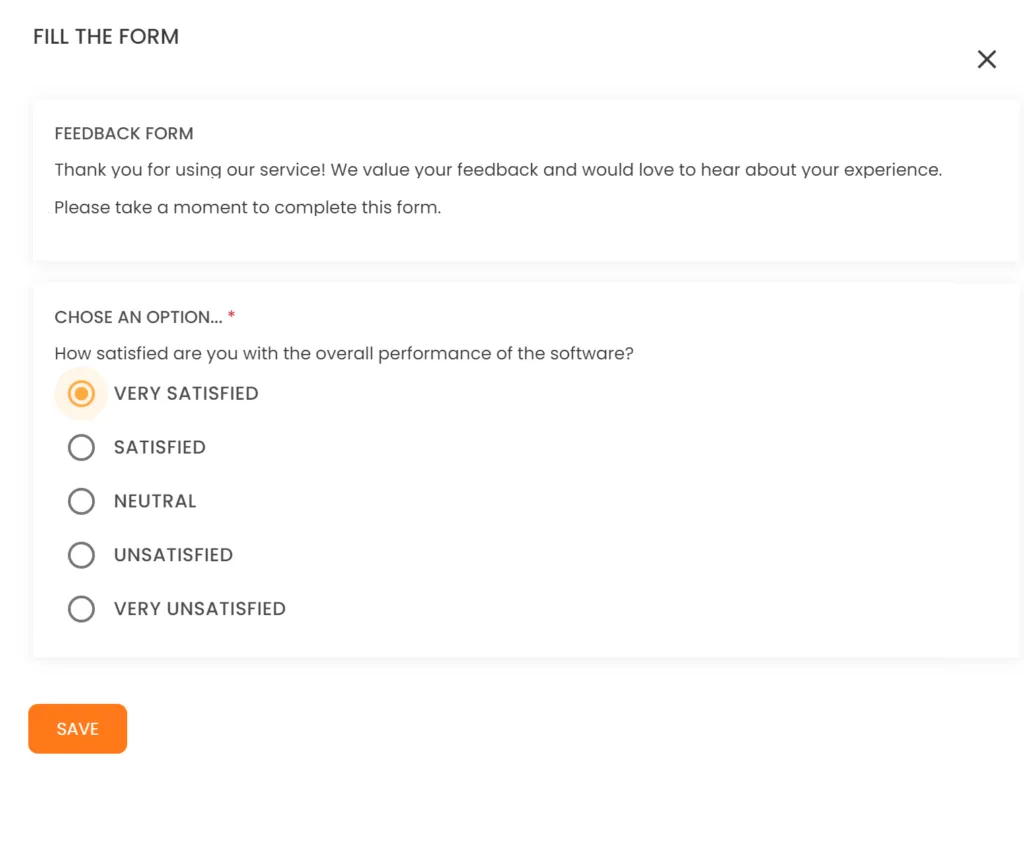What to Cover in an Online Safety Induction
Whether it’s a new contractor, an employee returning to work after a long absence or staff changing roles, it is important to make sure that every worker is fully aware of the potential health and safety risks present in the workplace. Safety induction training can address these risks. Educating your staff members on workplace safety is key in setting the standards for a professional and productive culture in your business. The information and training you provide your staff with will help reduce the chances of incidents, injuries and illness from work related activity.
The best way to manage work health and safety in your business is by developing a system for identifying, arranging and recording safety training for staff. The fastest site inductions and safety induction courses are the ones developed and delivered online. Running your safety training courses on an online induction system is the most practical, convenient, cost-effective way to manage health and safety training for your staff. Using an online safety induction system will not only allow you to effectively educate your employees about safe working procedures but will also help you lower your costs, increase productivity and improve your reputation as a safe business.
Key elements to include in a safety induction
To make the workplace safer, the organisation has to identify and acknowledge which health and safety hazards are present. Informing staff about workplace hazards and educating them on safety rules and procedures should have a high priority in any company. An online safety induction is a great tool that employers can use to ensure a productive, healthy and safe work environment.
Ideally, work health and safety induction must be delivered to all employees before they start performing duties in the job. Here is a handy list for you to use when determining what your online safety induction training should cover:
- Inform the staff about hazards and risks in your workplace. Go through the organisation’s health and safety polices and procedures. Emphasise the importance of sticking to safe work practices. Make sure the trainees understand the responsibility they have in driving down incidents and accidents. Draw their attention to their responsibility for ensuring their own safety and the safety of others as well as protecting the environment.
- Have your staff complete the occupation health and welfare questionnaire. This should be related to the job duties they perform and capture health risks within their role.
- Go through the site rules such as smoking, breaks and the code of conduct. This way the staff will know from the start what is expected of them.
- Your workers need to know who to report health and safety issues to. This could be their immediate line manager or a trade union representative.
- If an employee’s job involves high-risk activity such as the operation of machinery or handling hazardous chemicals and dangerous goods, you need to make sure they are properly trained, understand any associated risks, and that they have access to appropriate protective equipment.
- Describe the evacuation and emergency procedures for the work-site, including emergency exits, evacuation instructions, assembly points and the use of fire alarms and fire fighting equipment.
- Explain the accident procedures and how to report hazards, dangerous occurrences and near misses. First aid and other emergency contacts should also be included in your induction.
The above is just an example of what you will need to plan for when training your staff on workplace safety. You can use this information as a guide for creating an online safety induction course for your organisation. Just remember, work health and safety training must be ongoing in order to minimise incidents and ill health and keep all staff up to date with the organisation’s processes. Online induction platforms will provide you with the fastest site inductions and safety induction training strategies that are simple, practical, and easy to implement.

Why many organisations choose INDUCT FOR WORK for online safety inductions
The principles outlined above form a solid checklist, but companies still need a reliable platform to turn theory into daily practice. Across construction, local government, hospitality and healthcare, Induct For Work has emerged as the solution of choice. Below are the key reasons Australian organisations select it to deliver safety content, track completion and close compliance gaps.
1. Rapid course creation with zero coding
Drag-and-drop tools let safety managers upload slides, video demonstrations or PDF policies in minutes. A template library—covering PPE, hazardous-chemicals handling, manual-handling techniques and electrical isolation—means you rarely start from scratch. Need a quick refresher on ladder safety? Duplicate an existing module, tweak two slides and publish instantly to every employee who works at height.
2. Role- and site-specific targeting
Induct For Work allows you to assign modules by role. A laboratory technician receives chemical-spill procedures, while delivery drivers see traffic-management and fatigue-control lessons. If your business operates multiple depots, each site can host its own induction package—complete with local emergency contacts—without building a separate system.
3. Integrated compliance dashboards
Real-time reporting shows who has completed each course, which certificates are expiring and which high-risk workers still need fit-testing or medicals. Managers download audit-ready PDFs in seconds, replacing frantic paper searches when inspectors arrive unexpectedly.
4. Visitor management built in
Contractor or client visitors can scan a QR code at reception, complete a slimmed-down induction on their phone and print a time-limited badge. The same dashboard lists every person on site, colour-coded by induction status—vital information during an evacuation or muster drill.
5. Seamless incident reporting
If a near miss or injury occurs, workers launch the incident reporting form from the same mobile app they used for training. They attach photos, select hazard categories and submit root-cause details in under two minutes. Safety teams cross-reference incidents against training records to pinpoint knowledge gaps and update content accordingly.
6. Offline capability for remote or hazardous zones
Sites without reliable coverage can still deliver mandatory courses. Employees download modules before entering a blackout area—tunnels, mines, rural paddocks—complete them offline and sync results when back online. No excuses, no skipped inductions.
7. Multilingual delivery for diverse workforces
Upload subtitles or alternate-language voice-overs at no extra cost. This feature has proven critical for agriculture, cleaning and logistics sectors that rely on overseas labour. Everyone hears the same safety message, regardless of first language.
8. Automated refreshers and certificate tracking
Set every course to expire after 12 months, six months or even 30 days for high-hazard tasks. Induct For Work emails both the worker and their supervisor as the deadline approaches, ensuring no lapse in competency.
9. Flexible, transparent pricing
Subscriptions scale by active users per month, so seasonal businesses pay only for the head-count they actually induct. Many firms recoup the fee quickly by eliminating print packs, venue hire and trainer travel.
Practical tips for a high-impact online safety induction
Chunk content into micro-lessons
A series of five-minute videos on PPE selection, lifting technique and spill response beats a 40-minute lecture. Completion rates rise and data shows exactly where learners struggle.Use scenario-based quizzes
After demonstrating machine-guard checks, present a photo with three potential faults. Learners choose which hazard to escalate, reinforcing visual recognition.Incorporate real incidents
Upload de-identified investigation summaries—available via the incident-reporting module—to show consequences and drive behavioural change.Schedule live Q&A sessions
Combine asynchronous e-learning with short video meetings so newcomers can ask questions about ambiguous rules. Log answers and embed them in the next content update.Link inductions to access control
Set the visitor-management kiosk to deny entry if mandatory modules aren’t finished. Workers know training isn’t optional, and supervisors avoid awkward “paper licence” checks.
You already know what to cover in a safety induction: hazards, site rules, emergency plans and accident-reporting channels. The next step is delivering that content consistently, proving completion and updating it as regulations evolve. Induct For Work combines course-builder simplicity, visitor management, incident reporting and compliance analytics in a single Australian-supported package. By adopting it, organisations move beyond tick-box training to create a living safety culture—one where every worker, contractor and visitor arrives informed, equipped and ready to keep themselves and others out of harm’s way.



